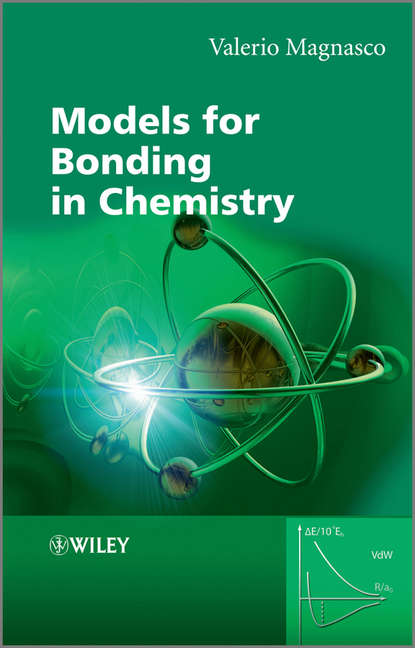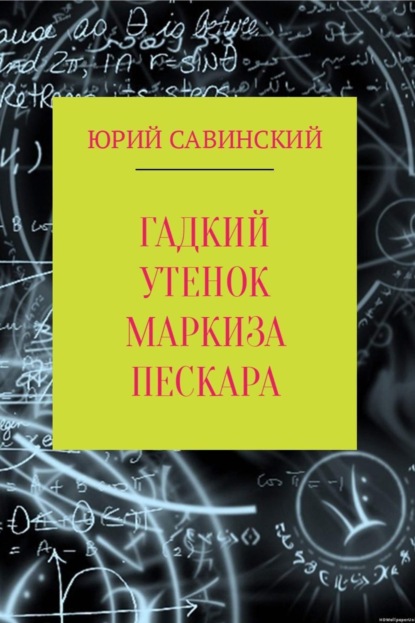Книга "Модели химической связи" - это доступное пособие для студентов, которое помогает понять основы различных видов связей в химии без использования математических формул. Введение в книге содержит краткое описание вариационного подхода к молекулярным энергиям, системы атомных единиц и описания распределения электронов в молекулах. Основная часть книги состоит из главы 2, которая представляет модель связи в гомо- и гетероядерных двухатомных молекулах, множественных и делимитированных связей в углеводородах и строении связей в полиатомных молекулах. В главе 3 используется модель линейной полиэнной цепи для объяснения происхождения структуры зон в одномерном кристалле. Глава 4 затрагивает слабые взаимодействия и вводит читателя в понимание электрических свойств молекул второго порядка и взаимодействия Ван-дер-Ваальса между замкнутыми оболочками электронов. В заключительной главе 5 рассматривается структура молекул, связанных водородными связями, и их характеристики. Кроме качественного подхода на основе трансфера заряда HOMO-LUMO от донорной к электроакцепторной молекулы, в книге представлено и количественное электростатическое описание. В конце книги приведен список алфавитно упорядоченных источников, а также индексы авторов и тем.
Электронная Книга «Models for Bonding in Chemistry» написана автором Valerio Magnasco в году.
Минимальный возраст читателя: 0
Язык: Английский
ISBN: 9780470669754
Описание книги от Valerio Magnasco
A readable little book assisting the student in understanding, in a nonmathematical way, the essentials of the different bonds occurring in chemistry. Starting with a short, self-contained,introduction, Chapter 1 presents the essential elements of the variation approach to either total or second-order molecular energies, the system of atomic units (au) necessary to simplify all mathematical expressions, and an introductory description of the electron distribution in molecules. Using mostly 2x2 Hückel secular equations, Chapter 2, by far the largest part of the book because of the many implications of the chemical bond, introduces a model of bonding in homonuclear and heteronuclear diatomics, multiple and delocalized bonds in hydrocarbons, and the stereochemistry of chemical bonds in polyatomic molecules, in a word, a model of the strong first-order interactions originating the chemical bond. In Chapter 3 the Hückel model of the linear polyene chain is used to explain the origin of band structure in the 1-dimensional crystal. Chapter 4 deals with a simple two-state model of weak interactions, introducing the reader to understand second-order electric properties of molecules and VdW bonding between closed shells. Lastly, Chapter 5 studies the structure of H-bonded dimers and the nature of the hydrogen bond, which has a strength intermediate between a VdW bond and a weak chemical bond. Besides a qualitative MO approach based on HOMO-LUMO charge transfer from an electron donor to an electron acceptor molecule, a quantitative electrostatic approach is presented yielding an electrostatic model working even at its simplest pictorial level. A list of alphabetically ordered references, author and subject indices complete the book.



















